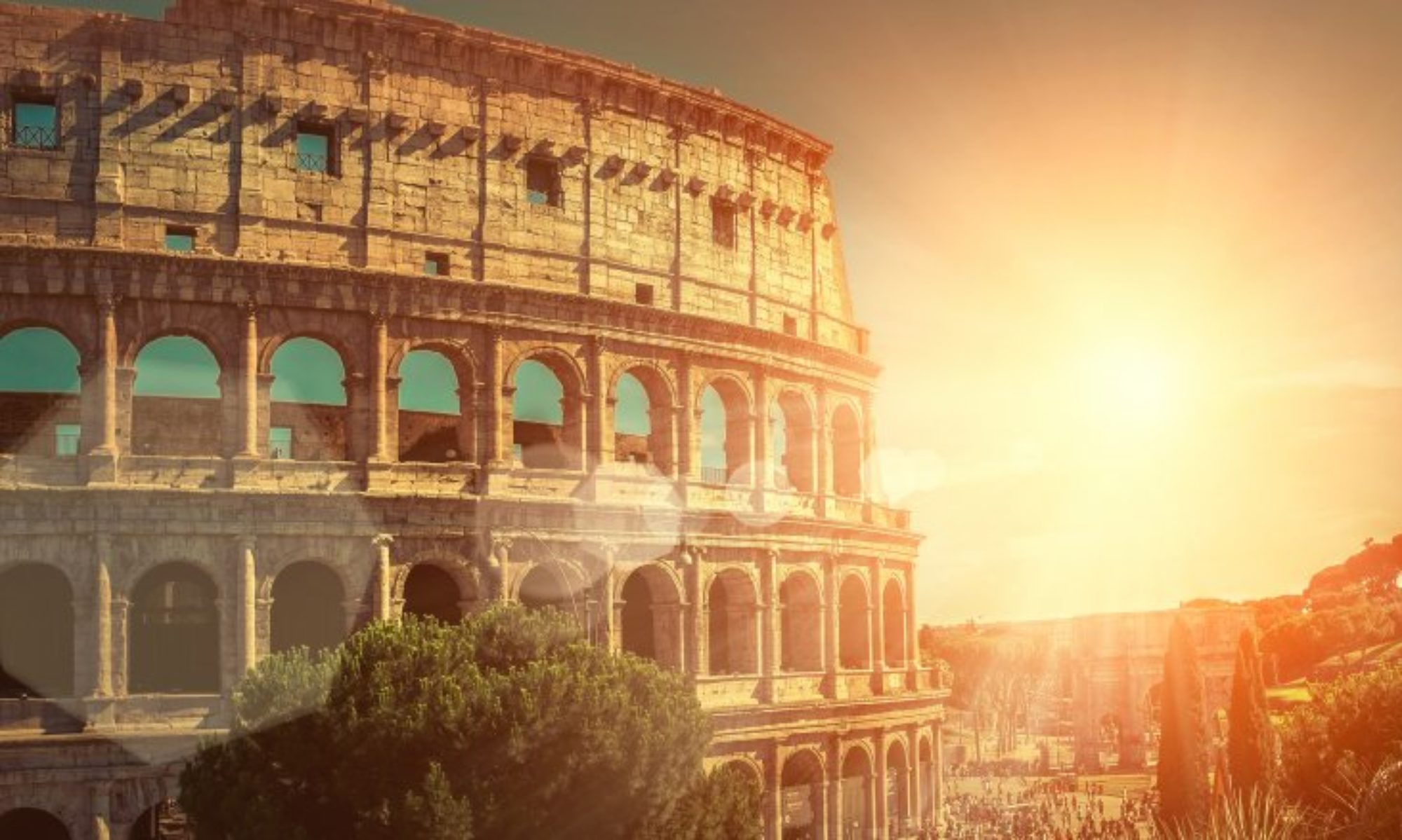Channel: Romanheritage Romanheritage
Duration: 5:13
Description: Daily life in Ancient Rome
Published: May 28, 2016 3:35 pm

Channel: Romanheritage Romanheritage
Duration: 5:13
Description: Daily life in Ancient Rome
Published: May 28, 2016 3:35 pm
Channel: FULL audio books for everyone
Duration: 8:11:59
Description: Stories of Old Greece and Rome – audiobook.
The Stories of Old Greece and Rome is an easy to read summary of all of the famous and not so famous Greek and Roman mythological stories.
All of the famous Heroes are here: Theseus, Jason, Hercules, and all of the well known Deities. These stories tell the real detail of the myths, not the ones that have become sanitized (and dare I say it, ‘Disneyfied’) over the centuries. These are not stories for children, as the old gods and heroes were vengeful and some might say sadistic in their treatment of minor slights and misdemeanors. Putting out of eyes and ripping out of tongues is commonplace, and punishment by death is ever present. It is however fascinating to see how these tales have affected and influenced our culture and have woven themselves into our own myths and stories. (Summary by Kevin Green)
Published: July 31, 2014 9:48 am
Channel: Francesco Pungitore
Duration: 4:35
Description: Ancient Rome Music
Published: June 19, 2013 6:04 pm
Channel: Jan Theo Bakker
Duration: 1:27
Description: A computer reconstruction of Ostia, the harbour of ancient Rome, at the mouth of the Tiber. A movie and stills. For more information visit www.ostia-antica.org. The movie was put on the web with the permission of Marzia Vinci.
Published: March 19, 2011 3:46 pm
Channel: OpenLearn from The Open University
Duration: 6:28
Description: Four significant temples which have proved very complex to excavate.
Published: July 26, 2011 3:55 pm
Channel: AgeOfAntiquity
Duration: 51:38
Description: The Roman Empire – The Fall Of The Roman Empire (History Documentary) Two thousand years ago, one civilisation held the entire Western world in its grasp. From Northern Europe to Africa, it imposed laws, ideas and a single language. Rome was the super power and a colossal empire.Travel back in time and experience the exporting of the Roman world through the glory years of conquest to the longest period of stability the world has ever known.
THE FALL OF THE ROMAN EMPIRE:
Rome’s glory had shone for a thousand years. The Roman Empire had united all lands from Spain to Syrhia, created more prosperity, more stability and more peace than the Western world had ever seen – nothing lasts forever. In the 3rd Century AD, civil war engulfed the empire. Chaos and corruption undermined it from within and from every direction Rome’s enemies gathered for the kill. By the end of the 4th century, the Roman Empire was nothing more than a fragile military machine that was no match for the invading barbarians. The inevitable occurred in 410 AD when Rome, the historic heart of the Empire, was sacked. As the Vandals stormed the city they were shocked at what they found. Gone were the crowds of the Golden Age. An eerie silence greeted the warriors as they wandered the same streets that their ancestors had walked down in chains 150 years earlier. The inhabitants of Rome, with their empire crumbling, had been chased away, the glory that had been Rome’s was of another day.
Published: February 23, 2014 5:56 pm
Channel: Mr. Nicky’s World History Songs
Duration: 3:57
Description: Lesson on Ancient Rome by Mr. Nicky
Parody of “Thrift Shop” feat. Wanz by Mackelmore & Ryan Lewis
Backing tracks property of Karaoke Version/Tency Music.
R-R-R, Romulus R-R-R, Remus (repeat)
The Tiber River’s running through Rome (repeat)
Rome!
(Voice Of Augustus):
I’m “One who Commands”
Ruling all provinces in my empire
Build aquaducts and
Say my name’s Augustus
It’s the Pax Romana…
Published: January 23, 2014 4:42 am
Channel: JuliaanaFin
Duration: 4:4
Description: Ancient Rome – In Memoriam, Made by Globus.
Published: September 16, 2016 4:30 pm
Channel: ANCIENT ROME
Duration: 43:22
Description: Rome: The Rise and Fall of an Empire – Episode 1: The First Barbarian War (Documentary)
The Roman Empire was the largest and most powerful in history, but how did ancient Rome achieve its greatness? And why did it eventually collapse? In this epic series, we explore these questions, following the most dramatic Roman characters as they lead an empire slowly sliding to its own destruction and the Barbarian leaders who brought about that destruction. We vividly recreate the living environment of the time: teeming Roman streets, struggling armies, gladiators, Roman excesses and debauchery, the camps and villages of the barbarians, and the deeply human struggle of outsiders to conquer and Romans to survive.
Episode 1: The First Barbarian War. It is 113 BC Rome is a Republic, a small empire that clings to the rim of the Mediterranean. Though a democracy in name and spirit, a man must be rich and from the noble class to hold the highest offices, both political and military. The system has worked well for three centuries. But now a barbarian horde known as the Cimbri smashes through the northern imperial border. One humiliating defeat follows another, with losses of hundreds of thousands of Roman legionaries. Terror grips Rome and drives her into the arms of General Marius. Though he is a commoner, he has a brilliant military mind. To defeat the Cimbri, Marius will transform the Roman army and shake the Republic’s political foundations to the core. It is a turning point for the Republic. Faced with the savage Cimbri, Rome must decide between dictatorship or annihilation
Published: August 14, 2014 2:40 am
Channel: Jane Eyre
Duration: 9:57
Description: Rome Reconstructed
Published: April 28, 2013 11:46 pm